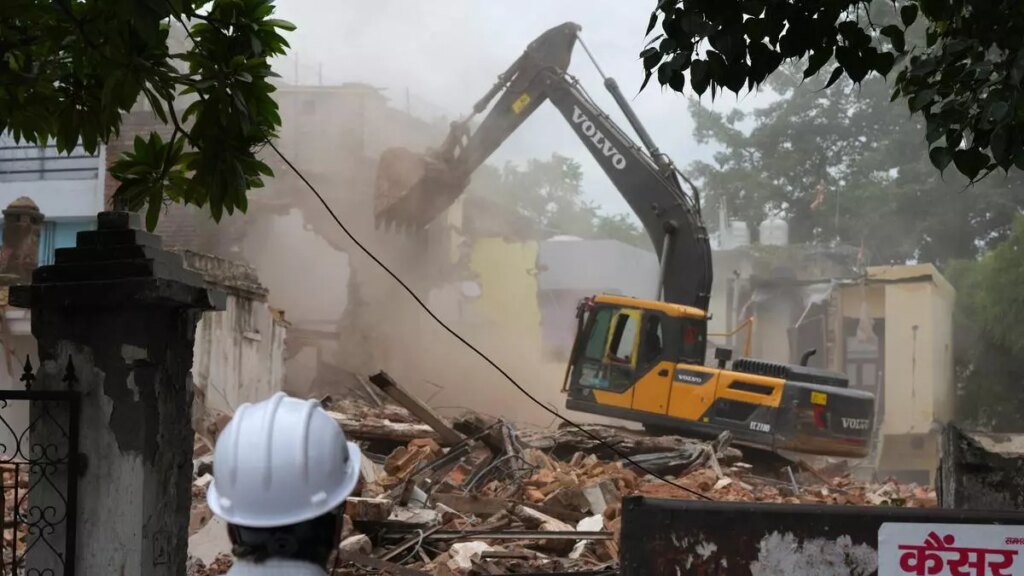Bulldozer injustice: Supreme Court checks executive overreach; broader reforms needed

The Supreme Court has provided a long overdue respite to the countless victims of “bulldozer justice” across north India, where governments routinely punished persons accused of crimes by demolishing their homes. This practice, shorn of all due process, had acquired such legitimacy that politicians campaigned on bulldozers to assert their capacity to deliver instant justice.
In their 95-page-judgment, Justices BR Gavai and KV Vishwanathan rightly censured the erring States for violating the principles of natural justice and due process, and for usurping the functions of the judiciary by using demolitions as a form of punishment without trial for families of persons accused of crimes. The Court has put fetters on such display of State power by issuing a slew of binding directives. These include 15 days’ prior notice of demolition to occupants of the property sought to be demolished. The notice must provide details on the nature of the unauthorised construction, including specific violations and grounds warranting demolition. It should give fair opportunity to owners/occupants to challenge the State action. Violation of the directions would lead to contempt action against the officials and their prosecution. They would also be personally liable for the restitution of the demolished property.
The Court saw through the erring governments’ ploy to couch their extra-judicial actions in legal terms by asserting that the demolished properties were in breach of municipal laws and it may have been sheer coincidence that such properties also happen to belong to the accused persons. “…When a particular structure is chosen all of a sudden for demolition and the rest of the similarly situated structures in the same vicinity are not even being touched, mala fide may loom large,” said the Court. At the same time, the Court has specified that the directives and guidelines flowing out of the judgment will not be applicable to an unauthorised structure in any public place such as a road, street, footpath, railway line or water bodies, and also in cases where there is an order for demolition made by a court of law.
It is a significant intervention to the extent that the apex court has halted the illegal practice of razing homes by way of meting punishment to persons accused of crimes. But there is a broader context to such executive overreach: the entrenched real estate-political nexus that furthers staggering levels of unplanned construction in a situation of acute housing shortage. A comparison between the last two Census figures shows a progression from 42.6 million people living in slums in 2001 to 65.5 million in 2011. This constituted 17.4 per cent of the urban population in 2011. The absolute numbers are likely to have risen since then. Holistic intervention is required to examine India’s urban shelter challenge. Courts, on their part, should sort out disputes over encroachment within a reasonable time frame so that the pretext for executive excesses is minimised.








